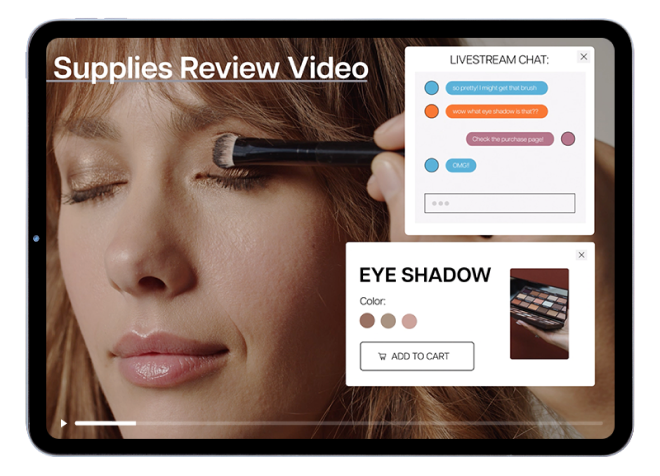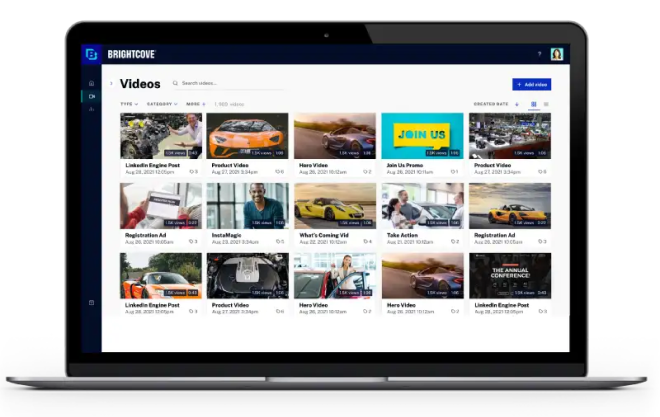
Engage and motivate your audiences
Live or on demand, Brightcove helps you reach, influence, and inform with video
Video is one of the most powerful mediums out there. It is proven to build trust between brands and their audiences, instill confidence and motivate buyers, educate and inform viewers, increase brand awareness, and more.
How do we do it? With:
- The most trusted streaming platform in the market – one with the flexibility to not just meet, but exceed your objectives
- Innovative capabilities like video interactivity to take audiences from passive to active, and beautiful live or on-demand experiences that create a go-to destination for your audiences
- Insights fueled by analytics that provide you with clear and effective instruction on how to maintain, grow, and better engage your audience.

See how we’re helping companies stand out with video.









